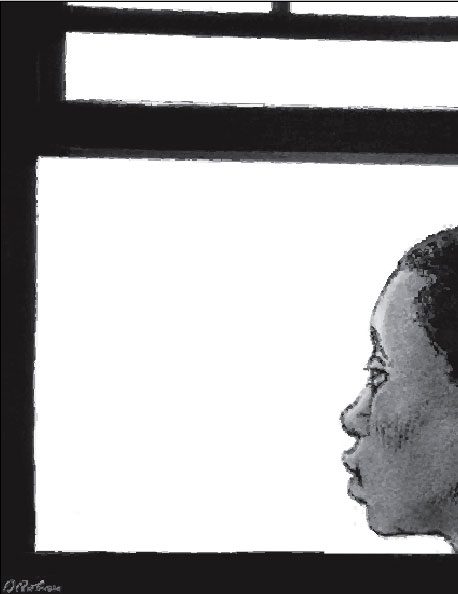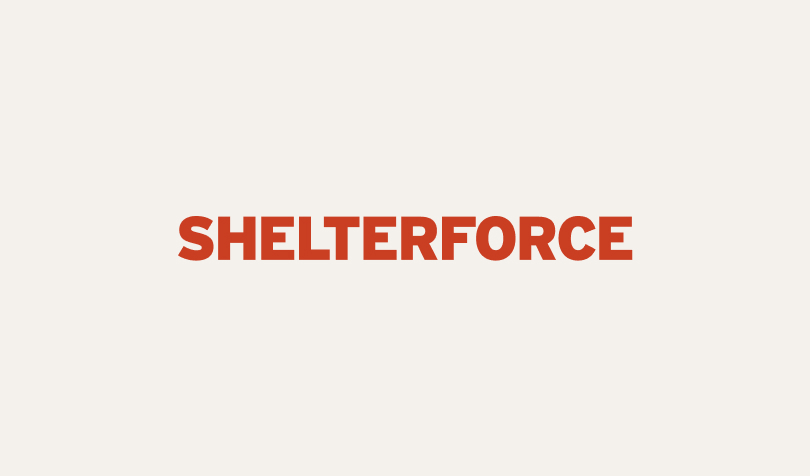Reverse Redlining
In 1980, Congress liberalized usury laws for home mortgages, making it possible for lenders to make high-cost loans. In 1982, Congress passed legislation to allow adjustable-rate mortgages, interest-only loans and balloon payments. Conditions were now ripe for the growth of high-cost subprime lending that came in an array of complex products that were difficult to understand. The subprime industry — then an industry dominated by small, independent mortgage companies — grew steadily in the early 1990s. In this phase, subprime lending was primarily targeted at minority neighborhoods and families — those who were still denied prime credit and any lending from mainstream institutions. The elderly and women were also in the targeted group. Precisely the same types of neighborhoods that had been redlined in the past were now subject to ‘reverse redlining’ — they were solicited for subprime loans on abusive terms. This lending came to be known as predatory lending, and thrived in the subprime sector of the home mortgage market.
We all know what happens next: huge profits earned in the subprime sector caught the attention of large national banks and large independent lenders then entered this sector and quickly became the dominant players. The subsequent explosion of irresponsible lending between 2000 and 2006 is what led to the current housing crisis where about one in eight U.S. homeowners with mortgages are in foreclosure or behind on mortgage payments. Now the crisis is a much graver situation where recession-induced foreclosures are starting to dominate the abusive products-driven foreclosures. Abusive lending in the U.S. has created havoc in the global economic system through its exposure to U.S. mortgage-backed securities.
Well-respected experts have recognized the link between discriminatory lending practices and the current economic crisis. According to the former HUD Secretary Henry Cisneros, who co-chaired a bipartisan commission on fair housing, “the serious problems of housing discrimination and segregation…have now helped to lead us to our current financial crisis, due in part to poor enforcement of our fair housing and civil rights laws.”





See related stories:
Sen. Schumer seeks federal funds to fight mortgage fraud —https://www.nytimes.com/2009/04/21/nyregion/21fraud.html?_r=1
&
targeting of African American borrowers in Baltimore (reverse redlining) —
https://www.nytimes.com/2009/06/07/us/07baltimore.html?pagewanted=1&_r=1&sq=wells%20fargo&st=cse&scp=2
Nandinee—Tiny point, in an overall very important article, but wouldn’t revaluing overvalued homes downward increase the debt to value ratio and make fewer owners eligible for refinancing under the 105% rule? Or am I misunderstanding your suggestion somehow?
@Miriam Axel-Lute: Thanks for the comment Miriam. My suggestion is to use the loan value that would have occurred if the home had been appraised correctly (rather than over-appraised) at the time of the home purchase, and then to apply the 105% rule—which is now the 125% rule—to determine eligibility for refinancing. This adjustment would be made solely for the purpose of determining eligibility for refinancing. The debt to value ratio and any other parameters for determining the terms of the refinancing would be unaffected.